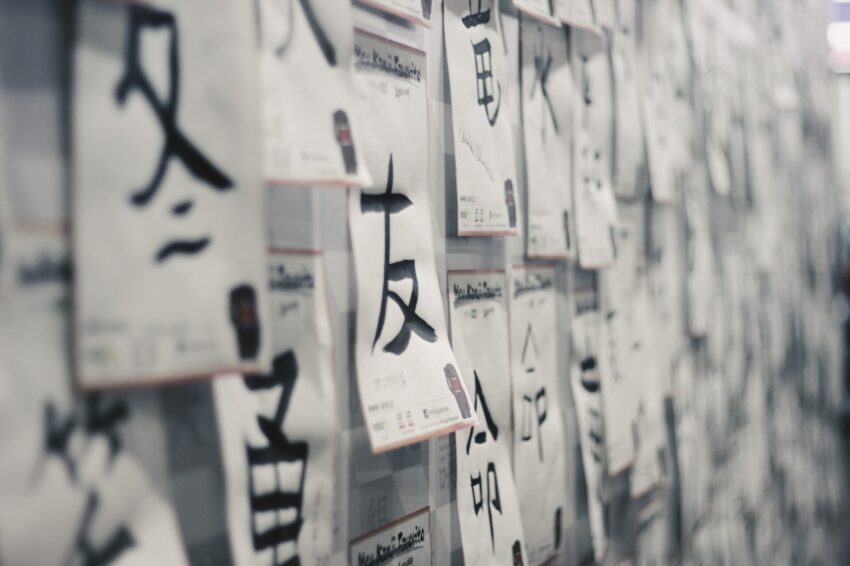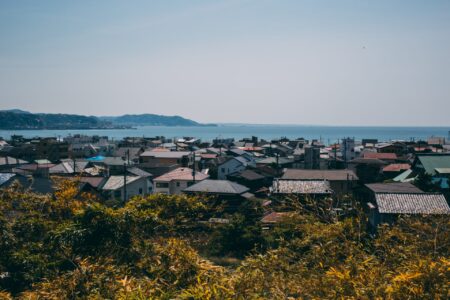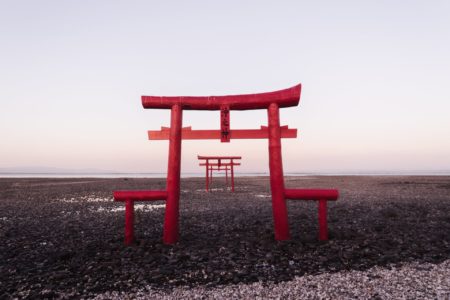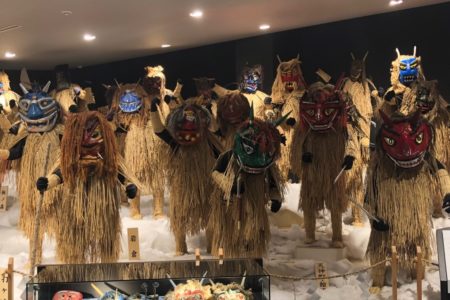The 5 Kanji Everyone Must Learn

Top Image: @felipepelaquim on Unsplash
Ahhh… kanji, the bane, and goal, of many foreigners living in Japan. I will be honest with you, I have only been studying kanji for about a year or two. And it is HARD! But don’t let that discourage you. It is said that by the end of high school, the average student knows about 2,000 kanji characters, and these should be enough for them to read an average newspaper. In this article, I will try to guide you to the 5 kanji you should definitely learn. But first, a little background…
What the Heck is a Logograph?
Kanji was developed a long time ago by some smart Chinese guys who gave it to some smart Japanese guys. Too vague? Ok, so Kanji was created roughly 3,300 years ago in China during the Shang Dynasty.
Fast forward a couple thousand years to about the fourth of fifth century when China decided to communicate with Japan. At that time, Japan had no standardized writing system. They decided to “borrow” the Chinese writing system and fit it to the Japanese pronunciation. Logographic writing system basically means that there are symbols that stand for words and/or morpheme (the smallest meaningful item in a language- sometimes being a root word in English). Simple enough, right?
With that out of the way, here are the 5 kanji you should know if you want to live in Japan, starting with number…
5. 円
This one is pretty easy to learn because most people see it on a daily basis. This is the kanji for Yen (or pronounced [‘en] sometimes), the Japanese currency. It is so common that even people who swear they don’t know kanji are able to recognize the symbol. It becomes almost a subconscious learning experience.
4. お手洗い
This is pronounced [ o te ara i ] and it is important because it is what it (kind of) sounds like, the toilet. People will often write the katakana next to it (トイレ), but I believe you should learn it, just to be safe. After all, it is better to know it and not need it, than to need it and not know it!
3. a. 女 b.男
(This one is a twofer (two for the price of one), because it ties in nicely with number 4.) The first kanji means female [ onna ] and as such the second one means male [ otoko ] . I included these because some places only have these symbols on the toilets and we want to avoid any international incidents, right?
2. 寿司
What do most people like to do on their first day abroad? Try the local food! Therefore, this kanji means sushi [su shi (of course)].
1. ______
This is the most important kanji for you to remember, and I don’t know it! This is the kanji for your train station. Learn it, love it, and never forget it. Many stations have the names written in English and other languages, but when riding the trains, these are rotated at intervals, kanji is always the first name displayed and sometimes you have only seconds to decide whether to get off or say on.
So there you have it the 5 necessary kanji (ok, I cheated… it’s 4. But, you got two kanji for number 3!) while you live in Japan. Now I know that many people will say they have lived in Japan for __ number of years and have never needed kanji. Or others say/think that most things are labeled in English. This is true, in places like Tokyo or Osaka.
But what about the more countryside places? Places people may want to visit/live in to get the real feel of being in a foreign place. Places where you need a little more than just the basics to communicate with others. For those of you, I present my top five. Thank you!
Photo Credits:
Top Image: @felipepelaquim on Unsplash
All other content (text) created by the original author and © 2022 MUSUBI by Borderlink
RELATED
-

A Warrior’s Town Turned Coastal City
Top Photo: charlesdeluvio on Unsplash Japan is a country that has a lot to offer. Often times when people visi… -

Four Japanese Philosophies For You
Top photo: Ryoji Iwata on Unsplash Japan is rich with philosophical ideas that come from Zen Buddhist philoso… -

Hunting for Ogres: Akita’s Namahage
Do you want to experience more of traditional Japanese culture, but tea ceremonies and 4-hour plays aren’t you…
PEOPLE

Andrew Patterson
About the Author: Andrew has lived in Japan for the past 15 years teaching English in both conversation schools and public schools. He studies kanji by himself and bothers his Japanese wife by constantly peppering her with crazy questions about kanji and asking about the obscure etymology of characters. But like Ralph Waldo Emerson said, "Life is a journey, not a destination."


